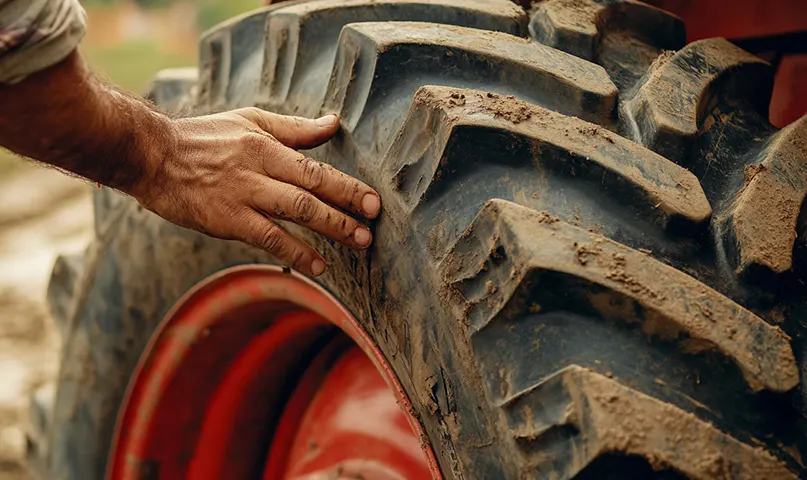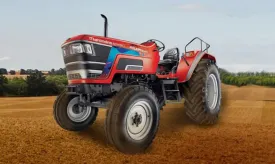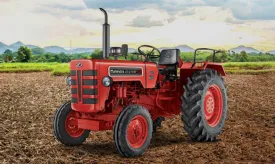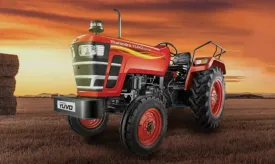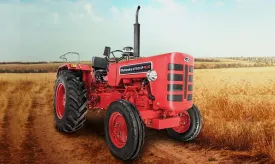Difference between planters and seeders
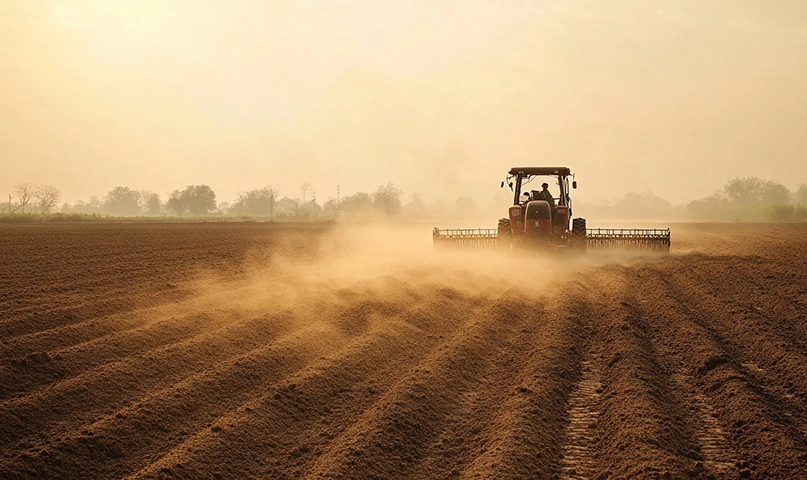
When it comes to planting crops, precision and efficiency are crucial for a successful harvest. Farmers rely on specialized equipment to make the planting process faster and more accurate, two of the most common being planters and seeders. Although these terms are often used interchangeably, they represent different types of equipment with distinct functions and capabilities. Understanding the difference between planter and seeder machines widely known as planters and seeders, is essential for choosing the right tool for your farming needs.
In this blog, we will explore the key differences between planters and seeders, their functions, advantages, and the specific situations where each tool excels.
1. Basic definitions
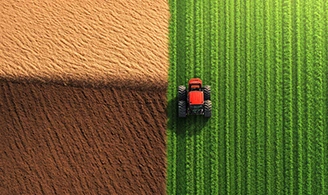
- Seeder: A seeder is a piece of equipment designed to plant seeds over a large area. It is commonly used for crops that don't require precise seed placement, such as cereals, grass, and some legumes. Seeders typically spread seeds in a broadcast pattern, which means they scatter seeds evenly over the soil surface.
- Planter: A planter is a more precise piece of equipment that places individual seeds at a consistent depth and spacing in the soil. Planters are designed for crops that require accurate planting for optimal growth, such as corn, cotton, soybeans, and other row crops.
2. Planting mechanism and precision

One of the most significant differences between a planter and a seeder lies in their planting mechanisms and level of precision.
- Seeders: Seeders are designed for spreading seeds over a broad area without much concern for exact placement. They typically work by using a spinning disc or auger system to scatter seeds across the field. This method is well-suited for crops that can grow in a wider planting pattern, such as wheat, barley, and rye.
- Non-precision: Seeders don't focus on the depth or spacing of seeds, which is why they are commonly used for crops that don't require precise planting.
- Planters: Planters, on the other hand, place each seed into the ground at a specific depth and distance from each other. This is achieved through a metering mechanism that drops individual seeds into the soil, and they are then covered by soil. Planters often use disc openers or shoe mechanisms to create furrows for seed placement.
- High precision: Planters ensure the exact positioning of seeds, making them ideal for crops that need uniform spacing for proper growth, such as corn, soybeans, and cotton.
3. Seed size and type compatibility

- Seeders: Seeders are better suited for small or medium-sized seeds that don't need to be placed in a specific position. They are typically used for grass, cereals, and small legumes. The even spread of seeds works well for crops that can tolerate a little variation in seed depth and spacing.
- Planters: Planters are designed for larger seeds, such as corn, soybeans, sunflower, and cotton. The machinery of the planter allows for more accurate seed placement, which is crucial for large seeds that require a consistent depth to germinate properly.
4. Depth and spacing control

- Seeders: Seeders generally don't have precise control over the depth or spacing of the seeds. While some modern seeders come with adjustable mechanisms to control seed distribution, they are still less accurate than planters when it comes to seed depth.
- Planters: Planters offer precise control over both seed depth and spacing, allowing farmers to optimize their planting based on the needs of the crop. For example, corn requires a consistent depth to ensure uniform germination and even growth, and planters are specifically designed for such crops.
5. Row cropping and field coverage

- Seeders: Seeders are more often used for broadcast planting, which involves spreading seeds across the entire field. They work well in large, open areas that don't need row cropping. This is ideal for crops like pasture grass, cover crops, and certain grains that don't need individual rows.
- Planters: Planters are mainly used for row cropping. This means they plant seeds in neat, parallel rows, which are essential for crops like corn, soybeans, and sunflowers. The precise row spacing allows for efficient cultivation, irrigation, and harvesting.
6. Field preparation and soil conditions

- Seeders: Since seeders don't need to place seeds in precise rows or at specific depths, they can be used in a wider variety of field conditions, including less prepared soils. They are ideal for situations where soil quality and preparation may not be ideal for precise planting.
- Planters: Planters are more sensitive to soil conditions. They work best in fields that have been prepared to ensure uniform seed depth and spacing. Since planters create furrows, they may require a slightly firmer or more uniform soil condition for optimal performance.
7. Speed and efficiency

- Seeders: Seeders are faster when it comes to covering large areas of land. Their ability to broadcast seeds over a broad area makes them highly efficient for crops that don't require precise placement. As a result, seeders are typically used for large-scale, high-volume planting.
- Planters: Planters are slower but more efficient in terms of seed placement. The precision of planters means they take longer to cover the same area, but they ensure that each seed is placed optimally, resulting in better germination rates and overall crop performance.
8. Cost and complexity
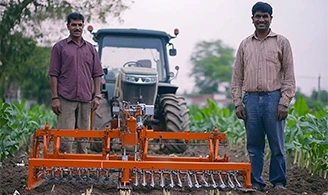
- Seeders: Seeders tend to be less expensive and simpler to operate than planters. Their relatively basic design makes them a good choice for farmers with large areas to cover and crops that don't require precision.
- Planters: Planters are generally more expensive and complex due to their precision and advanced technology. The cost reflects the increased capabilities of planters in terms of seed placement, depth control, and spacing accuracy. However, the investment is worthwhile for crops that require careful attention to planting conditions.
9. Maintenance
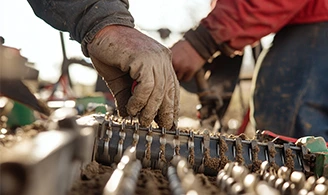
- Seeders: Seeders are easier to maintain due to their simpler design. They don't have the complex metering or row-specific mechanisms found in planters, which means there are fewer components that could wear out or need regular attention.
- Planters: Planters, with their more intricate mechanisms, require more regular maintenance. The metering system, seed furrow openers, and depth control mechanisms all need to be kept in good condition to ensure optimal performance.
10. Which one should you choose?

- Use a seeder machine if:
- You need to cover large, open fields with crops that don't require precise seed placement (e.g., grasses, cereals, legumes).
- Your soil conditions don't demand a high level of precision, and you are aiming for a general coverage of seeds.
- Use a planter machine if:
- You're planting row crops that need precise depth and spacing (e.g., corn, soybeans, cotton).
- You're looking to maximize seedling uniformity and improve germination rates by ensuring each seed is placed at the correct depth.
- You need to optimize planting for efficiency in row cropping systems.
Conclusion
While both seeders and planters are essential pieces of equipment in modern agriculture, understanding the specific needs of your crops and field conditions will help you make an informed choice. Seeders excel in efficiency and speed for large-scale, broadcast planting, while planters are the go-to choice for crops that require precision in seed depth and spacing. By carefully considering these differences, you can ensure that your planting operations are as effective and efficient as possible, ultimately leading to better yields and a more successful harvest.









